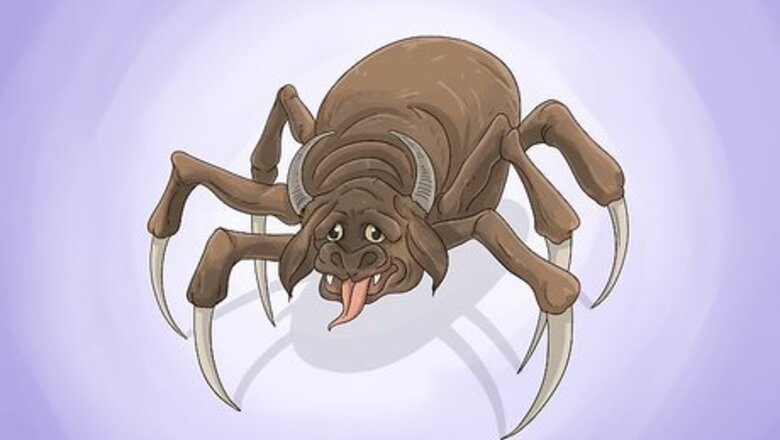
views
Ushi-oni (Japan)

The Ushi-oni (“ox demon") is a water-dwelling spider-like monster. The Ushi-oni varies depending on the legend or its habitat, but most sources say it has the head of an ox with a spider-like body, six legs with long claws, two sharp horns, and a mouth full of fangs. It lives near bodies of water, waiting to feed on human flesh.
Gashadokuro (Japan)
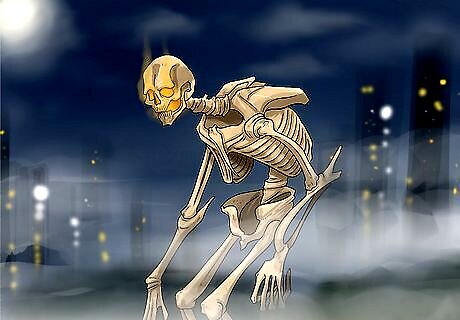
The Gashadokuro is invisible, invincible, and bloodthirsty. The Gashadokuro (“starving skeleton”) is a giant skeleton made of the bones of people who had died from famine or war and had not been buried. In search for revenge for the dishonored souls of those who died, the Gashadokoru cuts off the heads of travellers to drink their blood.
Manananggal (Philippines)
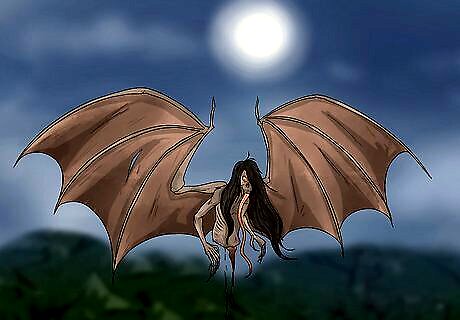
The Manananggal is a female creature whose torso splits in half. This aswang (vampiric creature) grows bat wings after splitting in half, allowing her torso to fly through the night, hunting for unborn children. The Manananggal lands on the roofs of homes, dropping her needle-like tongue into the belly of sleeping pregnant women.
Bai Ze (China)
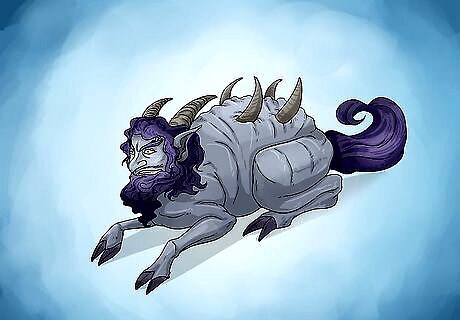
The Bai Ze is a creature with the head of a man and body of an ox. The Bai Ze appears in front of virtuous leaders with three eyes on each flank and horns along its back. Although this creature is frightening to look at, it’s said to have taught the Yellow Emperor how to avoid and overcome all kinds of demons and evil supernatural creatures. The Yellow Emperor is a deity in Chinese culture who’s also known as the Yellow Thearch or Huangdi.
Adze (Togo & Ghana)
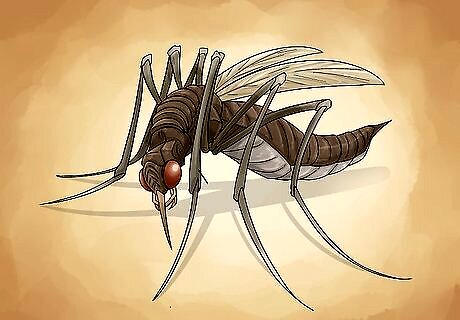
The Adze is a vampiric insect creature from West African folklore. The Adze often appear as mosquitoes, beetles, fireflies, or balls of light and drain the life from sleeping men, women, and children. Adze are also said to possess women, and can only be defeated through exorcism. Some historians believe that the lore of the Adze was an explanation of malaria and other insect-borne diseases that plagued the area at the time.
Baba Yaga (Russia)
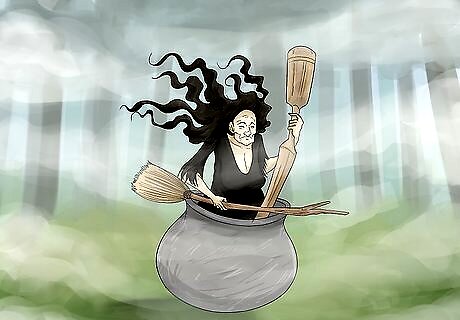
Baba Yaga is a forest witch from Slavic and Russian Folktales. Baba Yaga lives in a house that walks through the woods on chicken legs and flies around on an iron kettle or mortar and pestle. She is said to devour newly released souls and feast on children who wander into the woods. Although Baba Yaga is often shown as a frightening hag, other stories depict her as a trickster or an outlaw who helps those in need.
Ammit (Egypt)
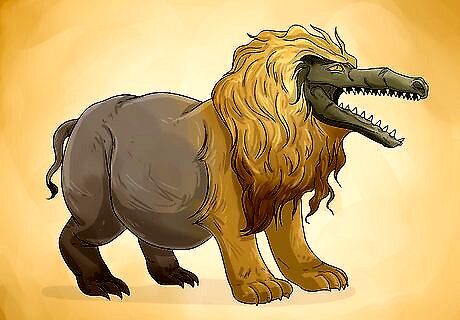
Ammit is the “eater of the dead” in ancient Egyptian mythology. Ammit appears as a female creature with the head of a crocodile, the front legs of a lion, and the rear end of a hippo. After you died, it was believed that your heart is weighed on a scale. If your heart is heavier than a feather, you were unfit for eternal life, and Ammis devoured your heart. If the heart and the feather were balanced, that meant that your deeds were pure, reverent, and honest, and Osiris, the god of the underworld, would welcome you in the afterlife.
La Llorona (Mexico & Latin America)
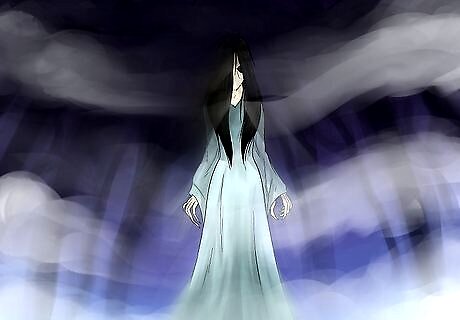
La Llorona (“the weeping woman”) is an evil wandering ghost. Although tales of her origins vary, La Llorona is often said to have drowned her two children, committed suicide out of guilt, and was cursed to wander the earth forever as a ghost. Legend says you can hear her wailing and shrieking at night as she kidnaps other children. Some sources say she has long black hair and wears white clothing, while others report her wearing a long black cape with a pointed hood. The tale of La Llorona is told most often in Mexico, parts of Latin America like Venezuela, and in Spanish-speaking communities of the United States.
Bunyip (Australia)
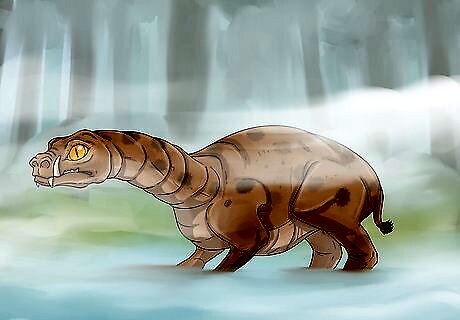
The bunyip is a man-eating monster from Australian First Nation folklore. Living in the rivers, lakes, and swamps of Australia, this amphibious creature has a round head, a long neck, and the body of an ox, hippo, or manatee. The bunyip is said to make roaring noises at night and devour human prey, especially women and children. Bunyips were first described as being the size of a small cow with sharp tusks, shaggy fur (or scales or feathers), with flippers for swimming that change to legs to walk on land at night.
Drop Bear (Australia)
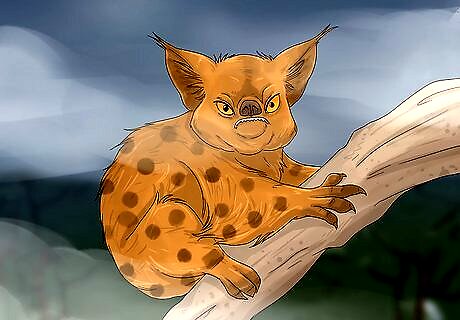
Drop Bears are killer koala cousins that fall onto humans and animals below. Living in the dense forests of Southeastern Australia, Drop Bears are the size of large dogs with spotty patterned orange fur. From high in the treetops, Drop Bears wait for their prey and pounce on the unsuspecting victim, biting them on the neck. Some say that Drop Bears can be repelled away by placing forks in your hair or smearing Vegemite or toothpaste behind your ears.
Lamashtu (Mesopotamia)

Lamashtu is a powerful demon that feasts on men and newborns. The daughter of the sky god Anu, Lamashtu was often shown as having a tall, stringy human body with the head and paws of a lion. She often killed men and children, brought nightmares, caused pregnant women to miscarry, and brought disease wherever she went. Lamashtu is said to have been cast out of the heavens because she asked to dine on the flesh of human infants.
Chupacabra (Puerto Rico)
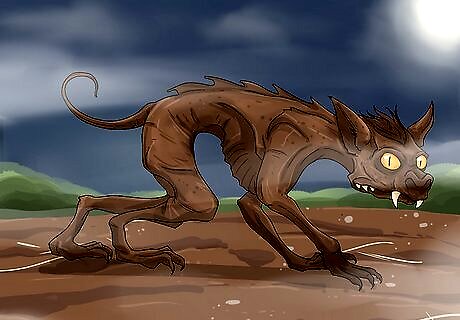
The Chupacabra is a creature that attacks animals and drinks their blood. Early reports describe this monstrous creature as a large reptile-like kangaroo with huge red eyes. They’re said to attack goats, sheep, and other domestic animals, leaving uneaten carcasses completely drained of blood. Chupacabra sightings were first reported in Puerto Rico in the 1980s, and have now spread all throughout Latin America and the Southwestern United States.
Chimera (Greece)
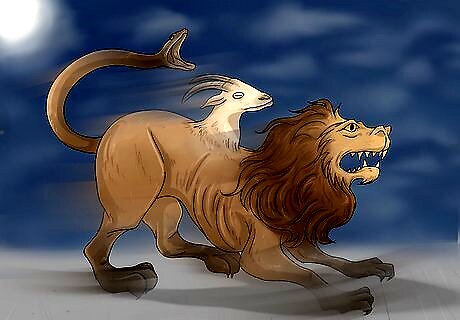
The Chimera is a fire-breathing monster from Greek mythology. The Chimera is a female creature with the front legs of a lion, the middle of a goat, and the behind of a dragon. According to legend, she completely destroyed and terrorized the ancient Greek cities Caria and Lycia until she was slain by the hero Bellerophon. In a ton of art, the Chimera is often shown with a goat’s head in the middle of her back and a tail that ends with a snake’s head, which makes her appearance even more terrifying.
Arachne (Greece)
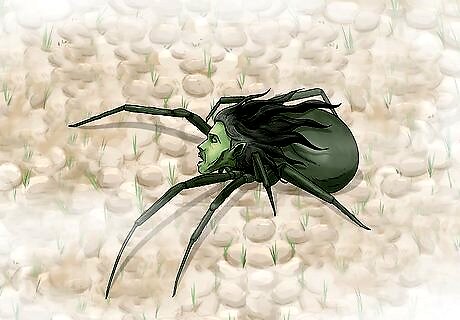
Arachne was a weaver that was turned into a spider in Greek mythology. Arachne was a skilled tapestry weaver who grew incredibly boastful, causing Athena to challenge her in a weaving contest. Seeing Arachne’s work, Athena flew into a rage and turned Arachne into the first spider. While Athena’s tapestry showed the glory of the gods, Arachne’s tapestry depicted the gods abusing their power and meddling in the lives of mortals. In other versions of the story, Athena tore Arachne’s tapestry to pieces, and Arachne tried to hang herself in despair. Out of pity, Athena saved her life and turned her into a spider.
Alp (Germany)
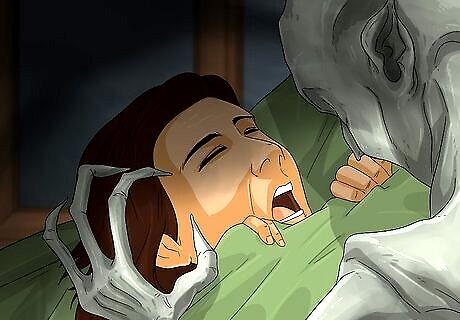
The Alp is a demonic creature that crawls into your nightmares. Alps are vampiric spirits that can shapeshift into cats, dogs, butterflies, and other creatures. They’re believed to climb into your room, sit on your chest while you sleep so you can’t make a sound, and cause horrifying nightmares. Even if you shut all windows and doors, alps can still pay you a visit, coming in through even the smallest keyhole. It is believed that if you stop up your keyhole, place your shoes by your bed with the toes facing your bedroom door, and get into bed backward, you can protect yourself against alps.
Banshee (Ireland)
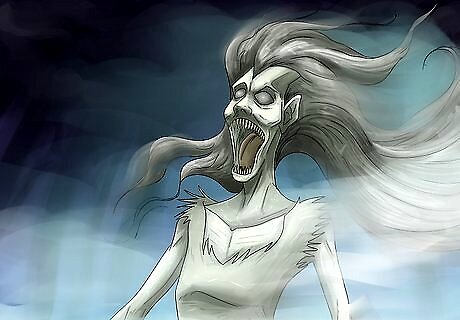
Banshees are wailing creatures from Celtic folklore. Banshees (or “women of the fairies”) are often described as a young woman or an old crone with red tear-swollen eyes and a gray cloak. It’s believed that if you hear a banshee’s glass-shattering shriek at night, a member of your family was going to die. Banshees are also said to predict death, and often appear before someone enters a situation where it is unlikely that they’ll come out alive.
Dover Demon (United States)
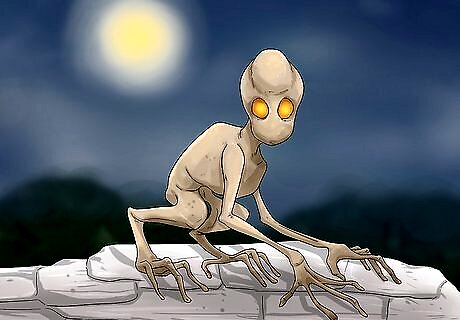
The Dover Demon is a large-eyed creature spotted in Massachusetts. William Bartlet, who saw the creature sitting on top of a broken stone wall, describes it as a 4-foot tall human-like creature with glowing orange eyes, thin arms and legs, and a watermelon-shaped head with no eyes or mouth. Not much is known about the demon, but the tale is said to have haunted Dover, Massachusetts for years.
Draugr (Norway)
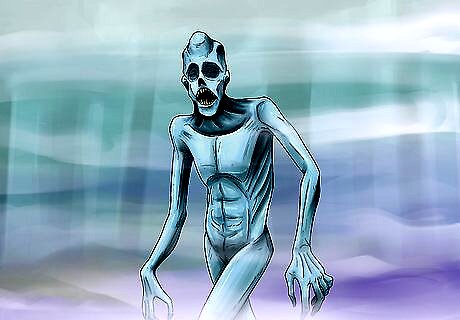
Draugr are undead creatures from Old Norse literature. Draugr are described as zombie-like creatures with blue or white skin and are said to have superhuman strength, smell like rotting flesh, and feed on the bodies of the living. Like zombies, Draugr are said to turn corpses into more Draugr. However, the transformation into a Draugr could be prevented if the corpses’ toes were tied together to prevent them from walking and their tombs were sealed with bricks.
Kelpie (Scotland)
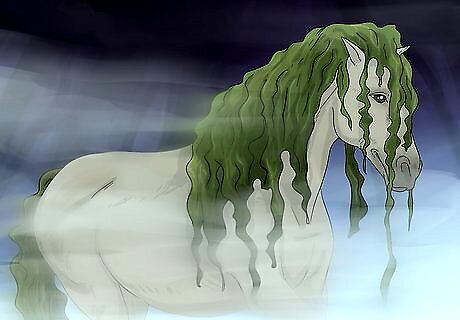
Kelpies are shape-shifting aquatic spirits that appear as horses on land. In Scottish folklore, kelpies appear in front of human victims as a grey or white horse. When they get on the kelpie’s back, the kelpie carries them into a watery grave. They might also appear as beautiful young women, trying to lure men to their death. The kelpie’s weak spot is its bridle—legend says that if you can get a hold of a kelpie’s bridle, you can have command over it and all other kelpies.
Nuckelavee (Scotland)
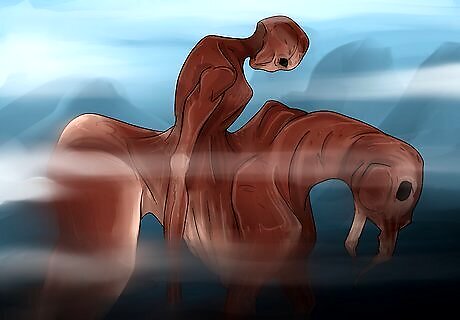
The Nuckelavee (or Nuckalavee) is a skinless half-horse half-man creature. The Nuckelavee or “devil of the sea” appears skinless with the torso of a human and the legs of a horse. Said to cause shipwrecks and rotting crops, drown fishermen, and lure cows and sheep to their doom, the Nuckelavee is a malevolent creature who haunts both land and sea. It is believed that the only thing that the Nuckelavee fears is fresh water.















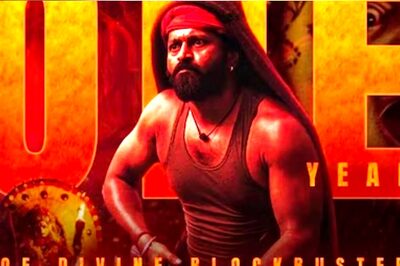
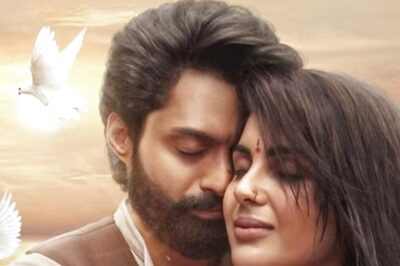


Comments
0 comment